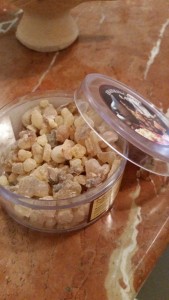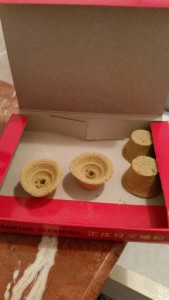Last month, we reiterated the discouragement on the use of traps. But what are some humane alternatives that you can take or do to prevent civets from nesting in spaces of your home, should you not want them there? We advocate solutions that are beneficial to both the humans and civets, so who doesn’t like a win-win situation? We’ve put together a short list of solutions which we hope will help as it has helped many of our readers before as well.
1. Block off all access points
Yes, this takes up a bit of work and time but the provision of a physical barrier is often sufficient to prevent civets from entering the home. Gaps between the roof and ceilings are common entry points for the civets to nestle inside the roof spaces, so to prevent this from happening, you can utilise cable ties and wire mesh to block the gaps. Also, patch up any holes in the roofing that may potentially allow the civet(s) to enter your home. This seems easy, but is no child’s task when the areas are dangerous and difficult for us humans to reach! It is best to contact a contractor who can do this for you.
2. Make noises to signify that you don’t want them there.
This method is tried, tested, and proven by one of our readers, Kate, who contacted us to notify us that there was some form of animal activity going on in her roof. And it’s not noise in the form of howling or yelling. Rather, it’s a targeted form of noise-making. For example, when you hear that the civets are in your roof, sometimes scurrying about and playing, hit your ceiling board continuously where you suspect they are at. The noise and floor vibrations will frighten them and according to Kate, they haven’t been back since.
3. Burn some incense.
We are not sure if just any kind of incense works, but we know that a certain Frankincense does. This can be purchased from a little shop along Arab Street, unit number 95, called Aljunied Brothers. The incense looks like this:



From left to right: The packaging of Frankincense and what you should expect to see when you remove the cover. The rightmost picture shows joss-stick cups that can be used to burn the Frankincense in. Thereafter, the cups should be placed in another clay container which holds the cups while the incense burns. (All images are from Grace Yap)
You will also need an accompanying lamp container which you can use to burn the incense in. Speak to the shopkeepers to learn and understand how to burn it in a safe and effective way, to ensure that it does not become a fire hazard.
As most animals are sensitive to smells and scents, especially those that repulse them, the use of incense is a good and effective method to deter civets from entering your home. It also does not harm them in any way and merely acts as a repellent.
There are also other alternatives such as high frequency devices but have yet been proven to keep civets away. If you do know of any humane alternatives to keeping the civets away from your home, do let us know in the comment thread below and we can add it to this list!
We hope that we have helped you make more animal conscious decisions. Think twice before using a trap – there are other better, safer, and kinder methods that you can explore to keep your home civet-free.

